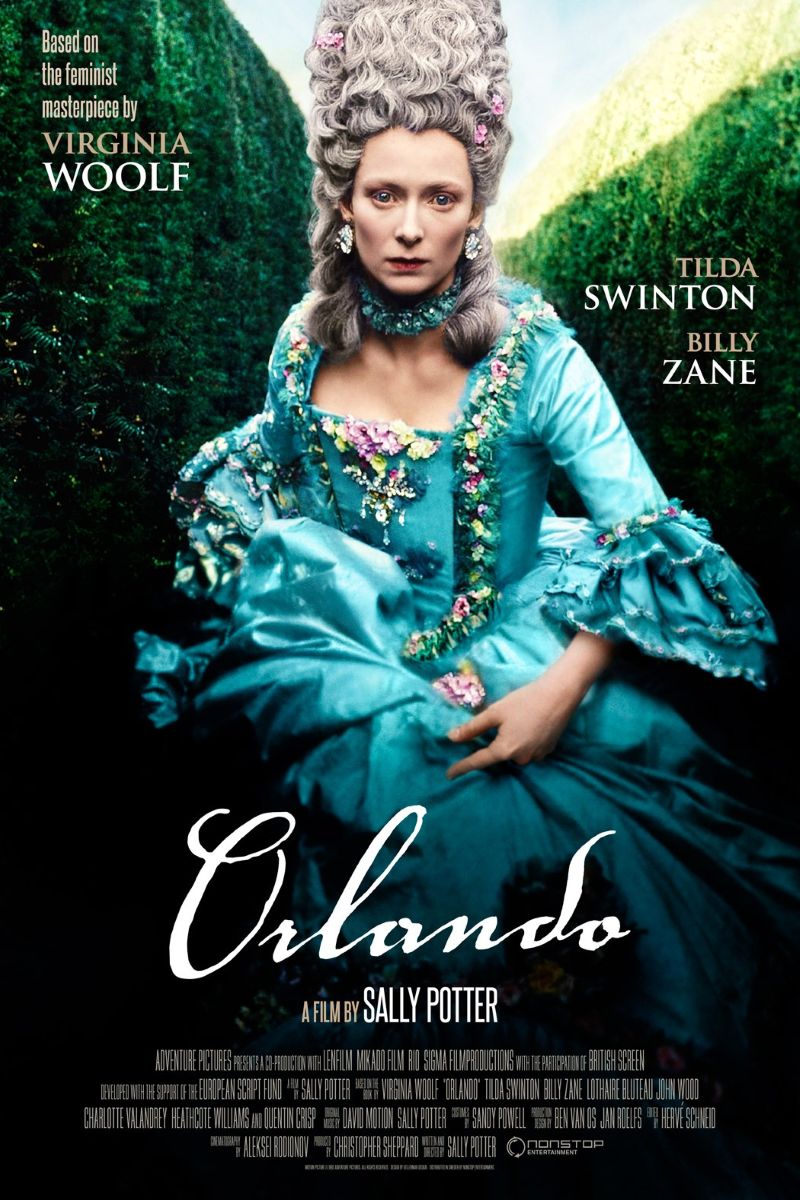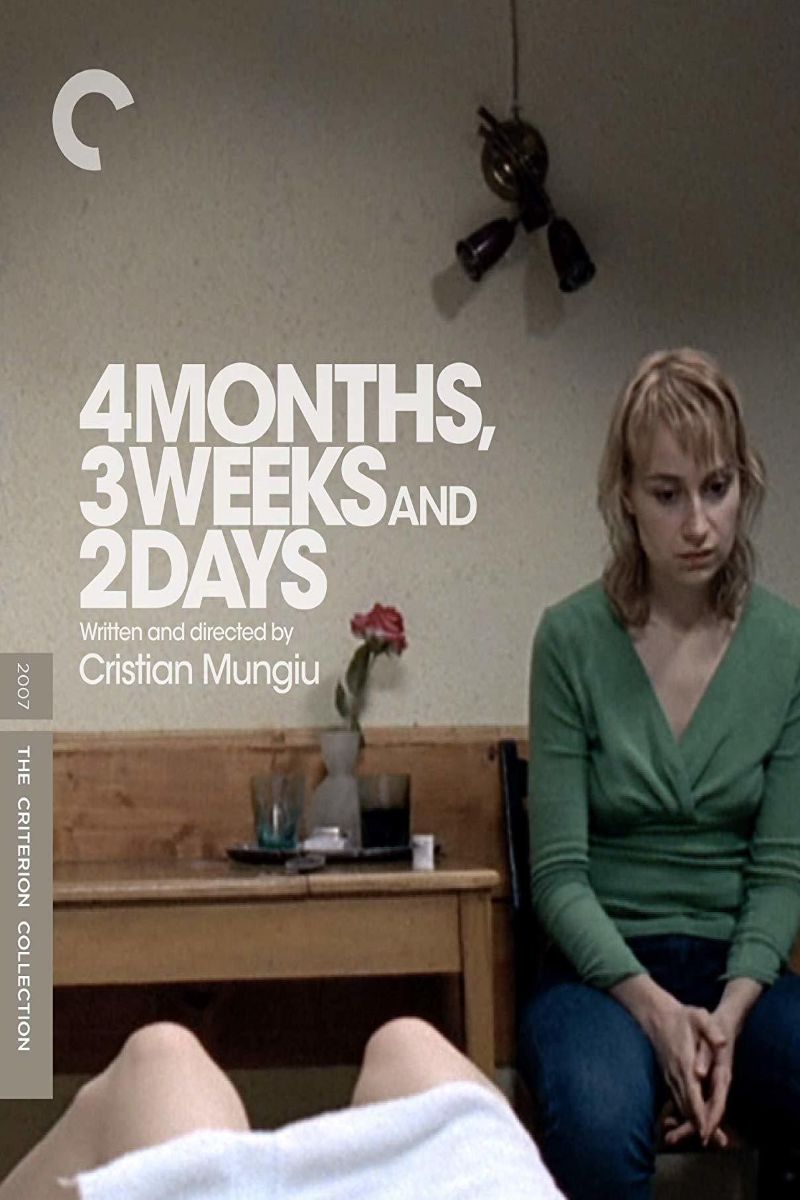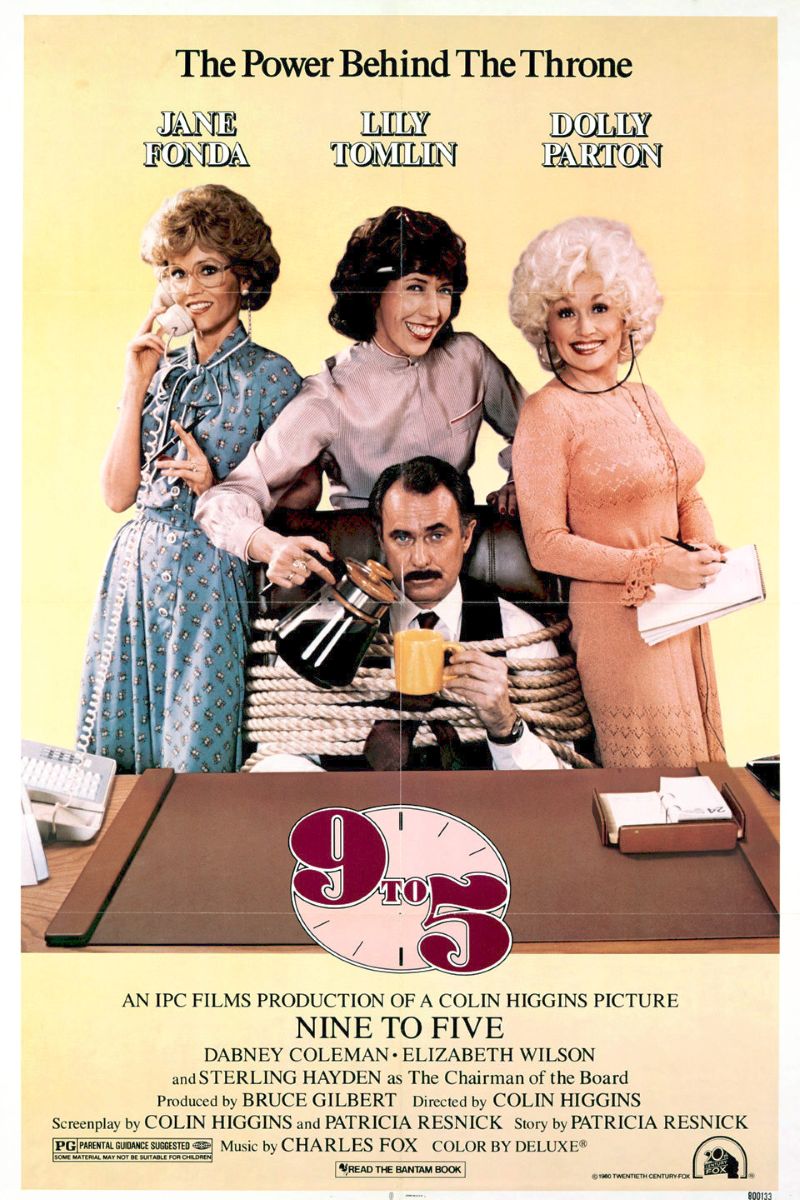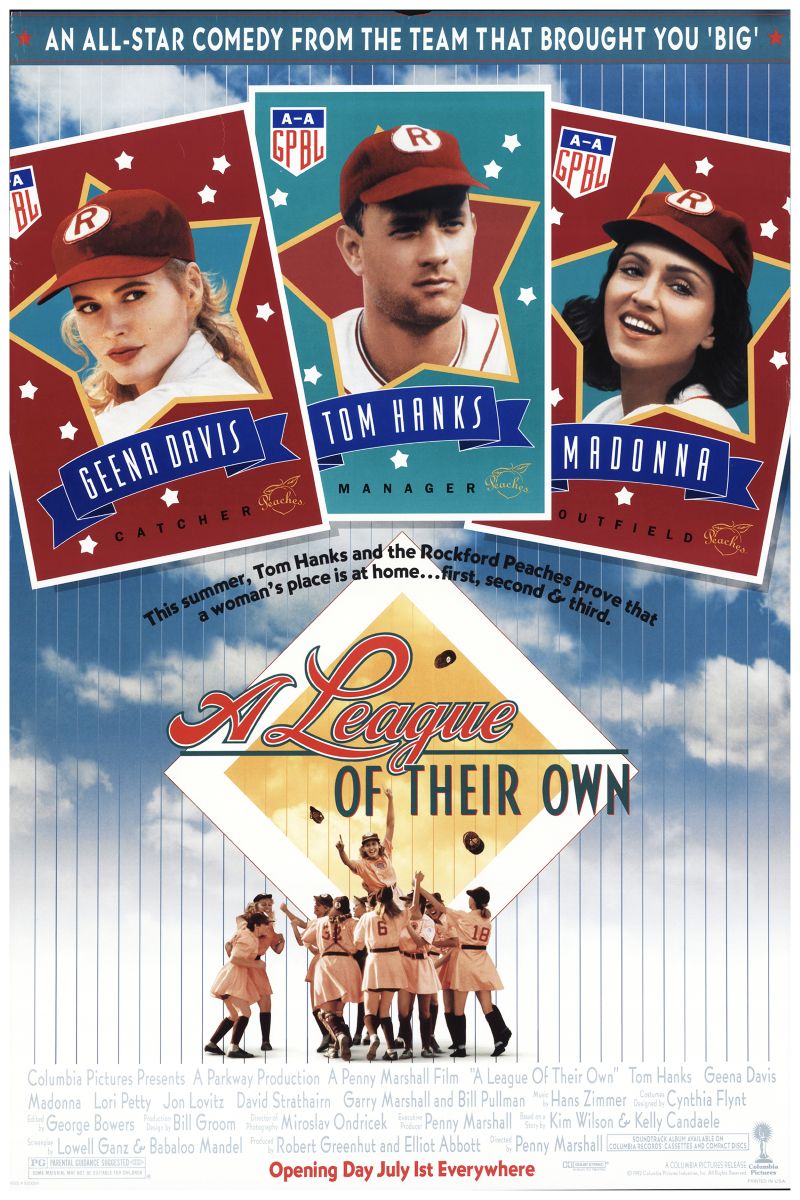
Orlando
Orlando
Adapted from Virginia Woolf's novel, this tells the legendary life story of immortal aristocrat Orlando spanning four centuries, experiencing a gender transformation from male to female during this journey. This pioneering work explores gender fluidity, identity formation, and patriarchal oppression of women through poetic cinematic language.
主演
🎥 影评与解读
“Orlando” stands as one of cinema’s most subversive works of gender studies, with director Sally Potter transforming Virginia Woolf’s modernist masterpiece into a visual poem that examines the artificial nature of gender construction and the fluid characteristics of identity formation across four centuries. This film represents not merely a direct challenge to traditional binary gender concepts but a profound analysis of gender power relations throughout Western civilization.
The film’s core innovation lies in its treatment of gender transformation. When Orlando transitions from male to female, Tilda Swinton calmly tells the camera: “Same person. No difference at all. Just a different sex.” This seemingly simple statement contains radical gender theory implications. Potter refuses to mystify or pathologize this transformation, instead presenting it as a natural process that questions the supposed “naturalness” and “immutability” of gender identity.
From a trans feminist perspective, “Orlando” provides an unprecedented narrative paradigm. The film demonstrates that gender is not biological destiny but social construction. Orlando’s identity doesn’t fundamentally change due to bodily transformation—this continuity challenges traditional assumptions about the necessary correspondence between gender and identity. More importantly, the film doesn’t reduce transgender experience to narratives of pain or struggle but presents an existence filled with possibilities.
The film’s depiction of different historical periods reveals the historical specificity of gender oppression. In Queen Elizabeth I’s era, male Orlando enjoyed freedom in poetry creation and social status; by the Victorian era, female Orlando discovered herself legally stripped of property rights and socially confined to domestic roles. This historical contrast not only shows women’s changing status but reveals how patriarchy maintains its dominance through different mechanisms across different eras.
Tilda Swinton’s performance ranks among cinema’s most important gender performances. Her precise grasp of male and female body language demonstrates the artificial nature of gender performance. In the male phase, she displays learned masculinity—straight spine, striding walk, space-occupying postures; in the female phase, she similarly demonstrates socially expected feminine behavioral patterns. This contrast makes audiences realize that what we typically consider “natural” gender expressions are actually results of social training.
The film’s use of costume and appearance carries profound political implications. Clothing here serves not merely as period markers but as visualizations of gender power relations. The ornate costumes of the male period symbolize authority and freedom, while the restrictive clothing of the female period reflects social control over women’s bodies. When Orlando finally chooses simple modern clothing, this choice itself represents rejection of traditional gender norms.
The film’s treatment of love and desire is equally revolutionary. Orlando’s relationships with lovers during different gender identity periods demonstrate the fluidity and complexity of desire. This portrayal transcends heteronormative frameworks, suggesting that emotions and sexual attraction shouldn’t be limited by rigid gender categories.
From feminist literary criticism perspectives, “Orlando” successfully transforms Woolf’s modernist narrative techniques into cinematic language. The film’s use of direct address to camera, non-linear temporal flow, and stream-of-consciousness editing all embody characteristics of feminist film aesthetics. This aesthetic rejects traditional Hollywood patriarchal narrative structures, creating a more open and fluid viewing experience.
The film’s exploration of property rights and economic independence reveals the material foundation of gender oppression. When Orlando transforms from male to female, changes in legal status lead to loss of economic rights—this change clearly demonstrates how patriarchy maintains gender hierarchy through economic control. This analysis anticipated later feminist economics’ in-depth research on women’s economic status.
The film’s treatment of maternal roles deserves particular attention. Orlando gives birth after becoming female, but this maternal experience isn’t romanticized or essentialized. Instead, the film demonstrates the constructed nature of motherhood as a social role and how women seek balance between maternal expectations and personal freedom. This treatment challenges traditional cultural equations of motherhood with female essence.
From queer theory perspectives, “Orlando” provides an important text about identity fluidity. The film suggests that identity isn’t fixed essence but a continuous process of performance and reconstruction. This viewpoint highly aligns with Judith Butler’s theory of gender performativity, providing new theoretical frameworks for understanding gender, sexuality, and identity formation.
The film’s visual aesthetics also serve its political goals. From classical manor houses to modernist clean lines, changes in visual style not only mark temporal transitions but symbolize the evolution of ideological concepts. Cinematographer Alexei Rodionov creates images that are both beautiful and symbolically meaningful, with each shot carefully constructing visual metaphors for gender politics.
The film deeply explores the relationship between artistic creation and gender. Orlando’s poetry creation runs throughout, but the creative environment during the female period is obviously more difficult. This contrast reveals gender inequality in artistic fields while responding to Woolf’s thoughts about women’s creative conditions in “A Room of One’s Own.”
“Orlando’s” musical design also deserves praise. The evolution from classical to modern electronic music not only creates atmospheres for different eras but suggests historical changes in consciousness and perception. Music becomes an important vehicle for expressing inner worlds and emotional states, enriching the film’s sensory dimension.
From contemporary gender politics perspectives, “Orlando’s” significance lies in its anticipation, thirty years early, of today’s discussions about gender fluidity and transgender rights. The film’s exploration of complex relationships between biological sex, social gender, and gender identity provides important cultural resources for contemporary transgender movements.
The film’s treatment of time concepts also carries profound philosophical implications. Orlando’s immortality allows audiences to examine the historical evolution of gender relations from perspectives transcending individual life. This temporal perspective suggests possibilities for social change, encouraging audiences to imagine a future beyond current gender systems.
The character of Orlando represents something radical for its time—a being who exists outside traditional gender expectations yet thrives in their authentic self-expression. This portrayal was revolutionary in challenging the binary thinking that dominated both academic and popular discourse about gender and sexuality.
Sally Potter’s directorial approach demonstrates remarkable confidence in female storytelling traditions. The film’s pacing, its attention to internal psychological states, and its integration of different art forms reflect a distinctly feminine sensibility that values contemplation and emotional depth over action and external conflict.
The film’s exploration of desire transcends simple categories of heterosexual or homosexual attraction. Orlando’s capacity for love appears to be based on genuine connection rather than gender-based expectations, suggesting a more fluid understanding of human sexuality that anticipates contemporary discussions about pansexuality and gender-neutral attraction.
The historical sweep of the narrative allows Potter to examine how different eras construct and restrict gender expression. Each period presents its own constraints and possibilities, demonstrating that gender norms are neither universal nor eternal but culturally and temporally specific.
Ultimately, “Orlando’s” value extends beyond its subversion of gender binary to provide an entirely new theoretical framework for understanding identity, time, and power relations. In a world still struggling to understand and accept gender diversity, this film reminds us that identity possibilities are far richer and more open than we imagine. It tells us that true freedom lies in escaping all rigid identity categories and embracing the infinite possibilities of existence.
🏆 获奖与荣誉
- • Venice International Film Festival 金狮奖 提名
- • European Film Award 最佳女主角 提名 (Tilda Swinton)
- • 英国独立电影奖 最佳女主角 (Tilda Swinton)
- • New York Film Critics Circle Award 最佳摄影
⭐ 评分与链接
相关推荐
评论与讨论
与其他观众一起讨论这个视频
加入讨论
与其他观众一起讨论这个视频
评论加载中...



